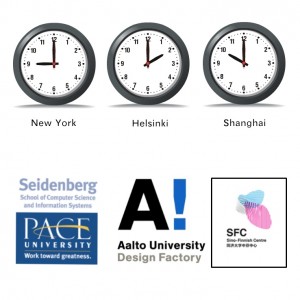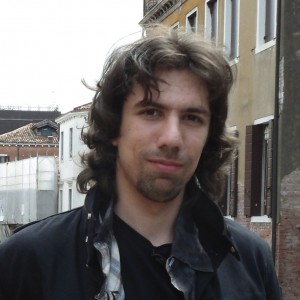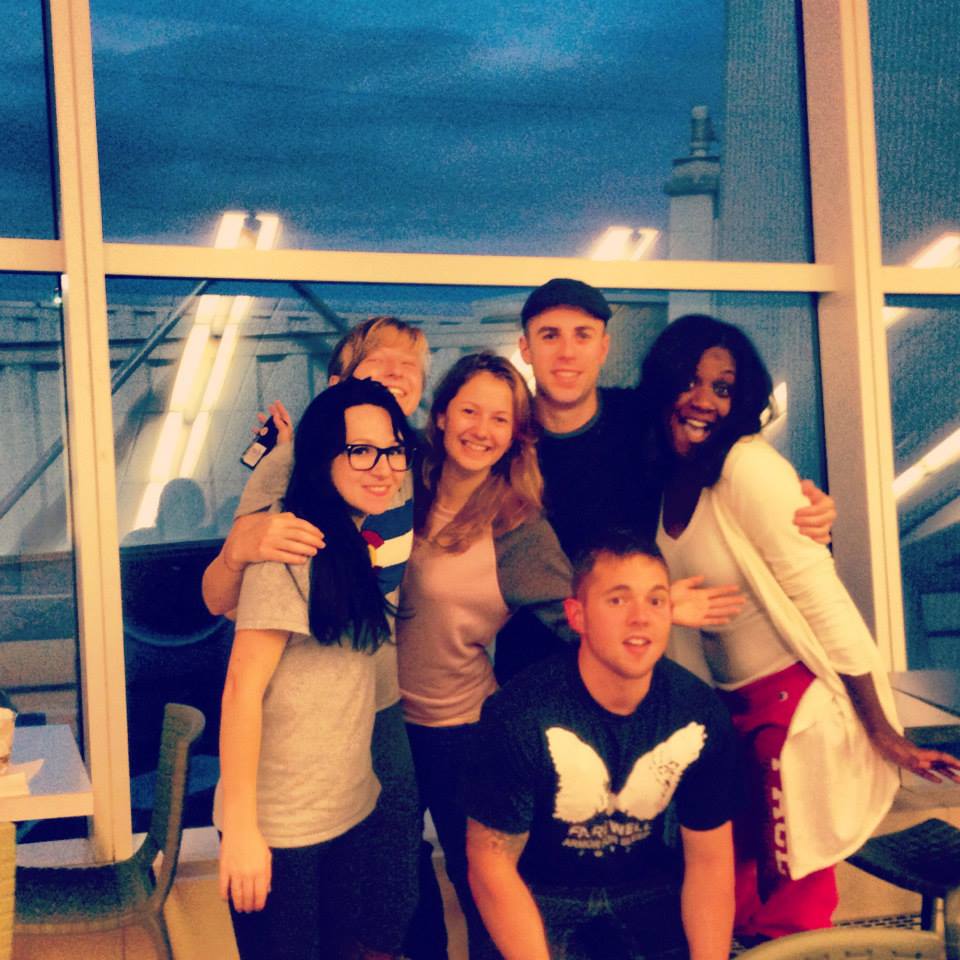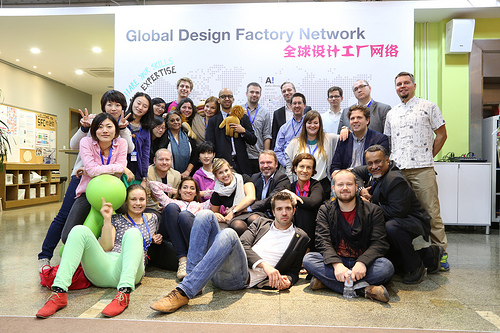“Why am I in this class?” is not something you want to be asking yourself halfway through a semester, yet this question still resonates from many corners of the student community. At this point, the best you can do is hunker down and suck it up– sorry, folks. But, when it comes to a new semester of courses (like now, with it being the first day of class), you can preemptively eliminate the possibility of arriving at that moment when you’re in a classroom thinking, “OH GOD WHY??”

The first tip we offer may be an obvious one: check RateMyProfessor! Everyone knows about this resource but some people still forget to use it or have not yet realized how useful it is. If you’re curious, check out the reviews of professors you’ve had before, you’ll quickly see that the reviews are often accurate. One downside is that professors are often required to teach core classes that no one enjoys, which gets them bad reviews. Posts by students list which class they took with the specific professor, so for the most accurate review, read posts by students taking the class(es) you’re looking at.
If RateMyProfessor still doesn’t convince you to take or avoid a class, ask your peers. They can usually offer more insight than anonymous reviews on the internet. Better yet, they can give you more information on what you’ll be learning. Great or shabby professors aside, sometimes the curriculum of certain courses is just not your cup of tea. Peers can help you distinguish between exciting and drab courses.
Next, if your peers and RateMyProfessor have both convinced you to take a course, but classes start, and you’re not feeling it right away…drop it! Believe it or not, all students have a two week grace period to drop classes without penalty. Sometimes the classroom atmosphere, the students, the professor–could be anything–make you feel so unenthused about a class and that feeling is obvious on day 1 of class. If this happens, log onto portal and leave! You can even pick up another course or take the same course in a later semester, maybe with a different professor and definitely with different classmates.
Now and then, classes trick us into loving them and stab us in the back later, which is rather unfortunate and unavoidable but also rare. Usually classes are doomed from the start if they are to be bad. This is easy to avoid if you do your research prior to taking a class. Doing this will help you find the classes that excite you. Don’t set yourself up for that mid-semester panic you’re bound to go through if you’re in classes that are wrong for you; going through these techniques will help you find the exact classes that excite you.







